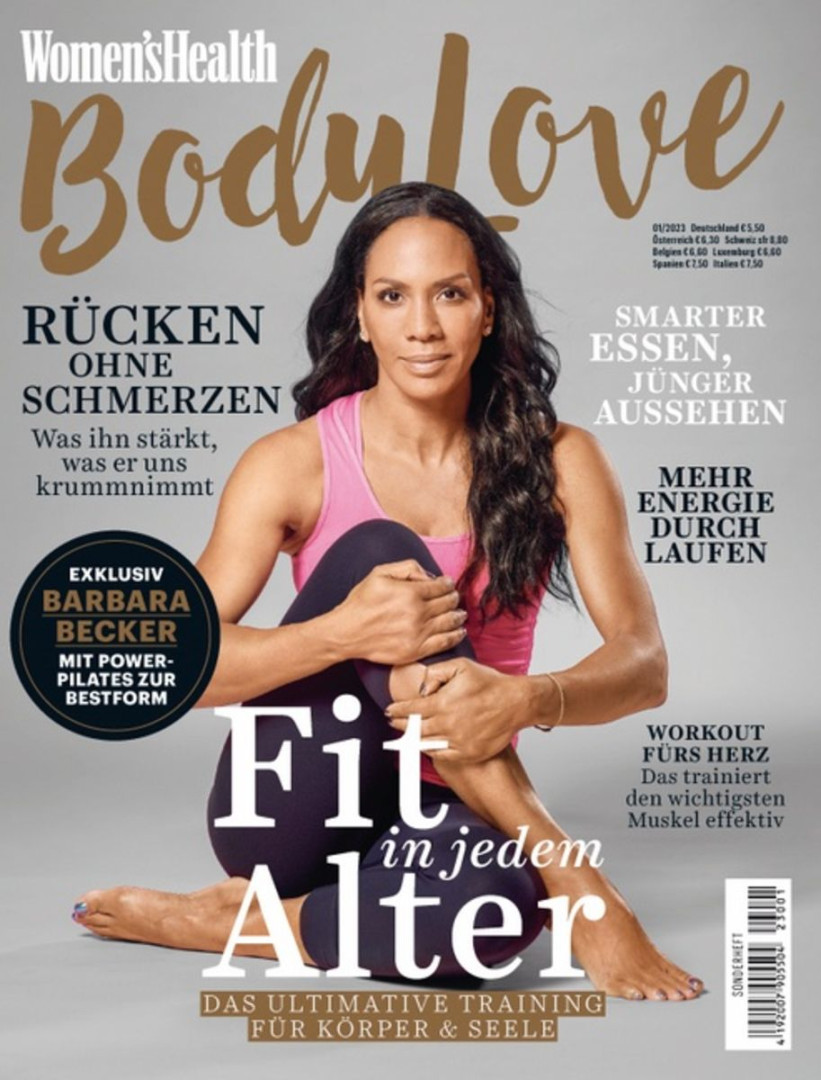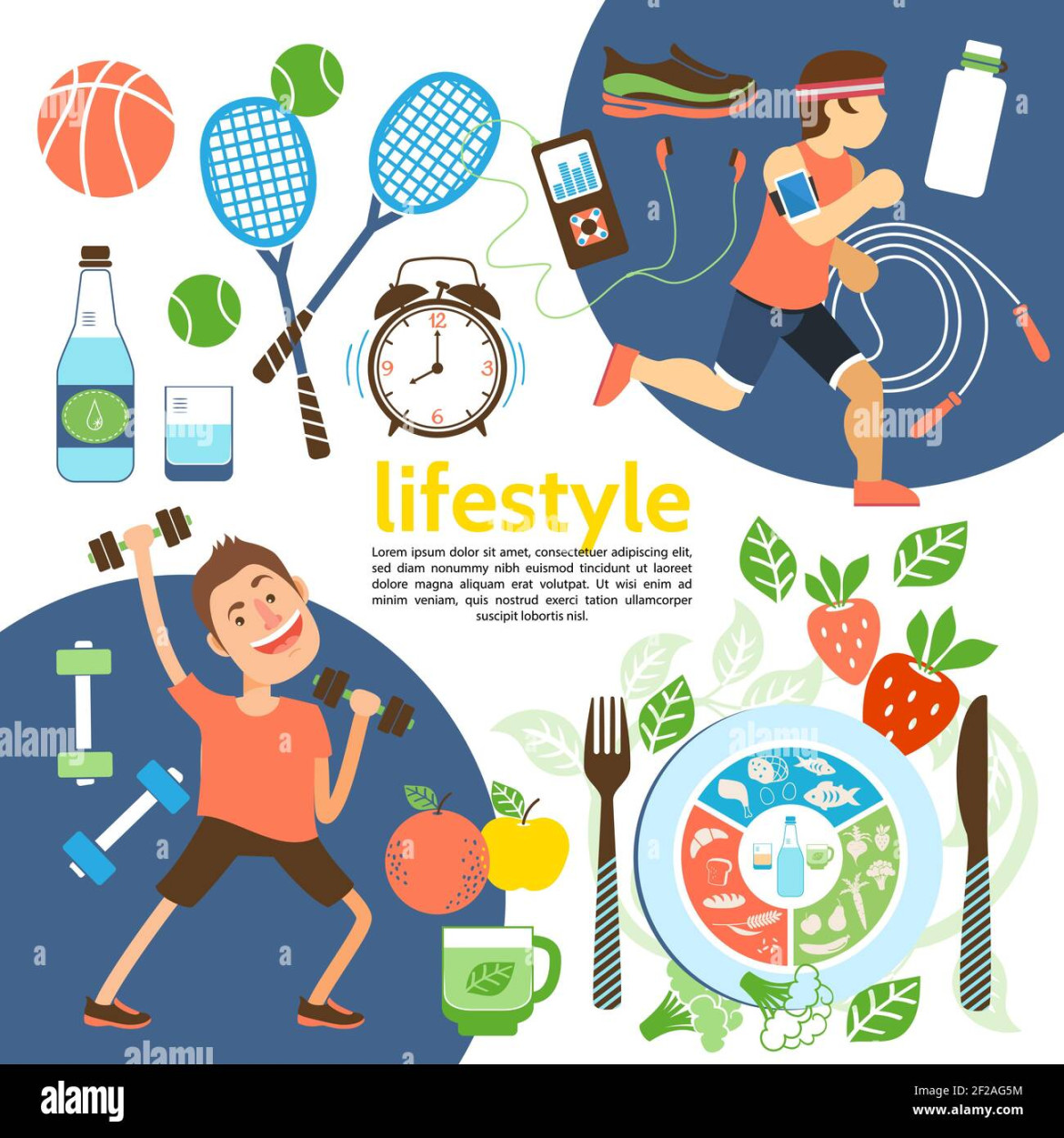2. The Power of Periods
Periods. A word that can evoke a range of emotions from dread to relief. They’re a natural part of being a woman, yet they can be a source of confusion, discomfort, and even shame. But it’s time to reclaim our periods. It’s time to embrace the power they hold.
Understanding Your Cycle

Every woman’s menstrual cycle is unique, but there are some commonalities. The average cycle lasts about 28 days, but it can vary from 21 to 35 days. The cycle is divided into four phases:
Follicular Phase: This is the phase when an egg develops in one of the ovaries.
Understanding your cycle can help you track your fertility, predict your mood swings, and even plan your activities. There are many apps and tools available to help you track your cycle.
Period Pain and Relief
Period pain, or dysmenorrhea, is a common problem. It can be caused by contractions of the uterus or by the release of prostaglandins, hormone-like substances that can cause pain and inflammation.
There are many ways to manage period pain, including:
Over-the-counter pain relievers: Nonsteroidal anti-inflammatory drugs (NSAIDs) like ibuprofen or naproxen can help reduce pain and inflammation.
Period Products and Sustainability
There are many different period products available, including pads, tampons, menstrual cups, and period underwear. Each product has its own advantages and disadvantages.
Pads: Pads are the most common type of period product. They are easy to use and affordable, but they can be bulky and uncomfortable.
When choosing a period product, it’s important to consider your comfort, convenience, and environmental impact.
Breaking the Stigma
Periods have been shrouded in secrecy and shame for too long. It’s time to break the stigma and talk openly about menstruation. By talking about our periods, we can help normalize them and reduce the shame and embarrassment that many women feel.
We can also challenge harmful stereotypes about women and their bodies. Periods are a natural part of being a woman, and they should be celebrated, not stigmatized.
Embracing Your Power
Our periods are a source of power and resilience. They are a reminder of our strength and our ability to create life. By understanding our periods and embracing their power, we can take control of our health and our lives.
So let’s celebrate our periods. Let’s talk about them openly. Let’s break the stigma. And let’s embrace the power that they hold.
 Udento Lifestyle & Health
Udento Lifestyle & Health




